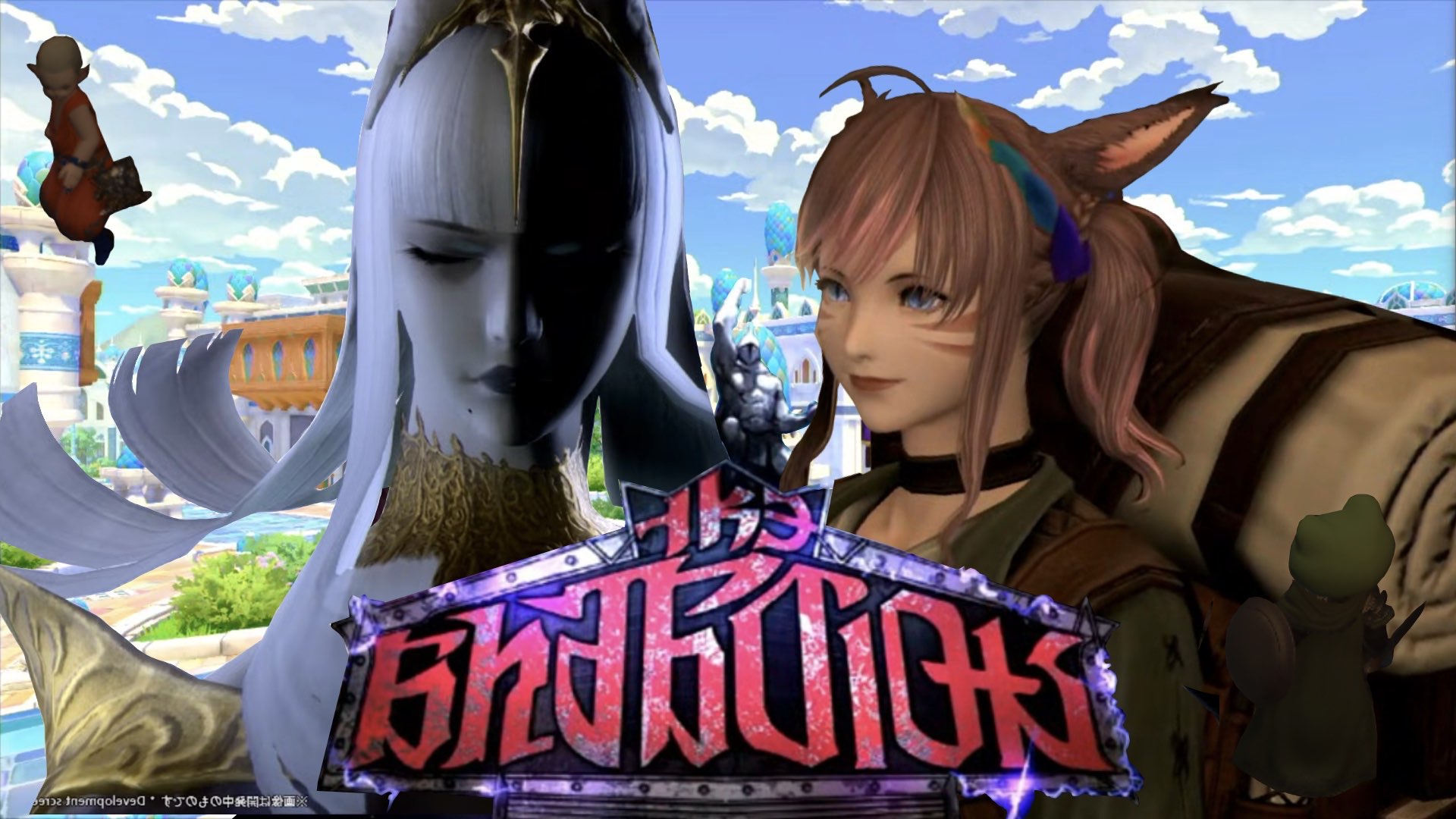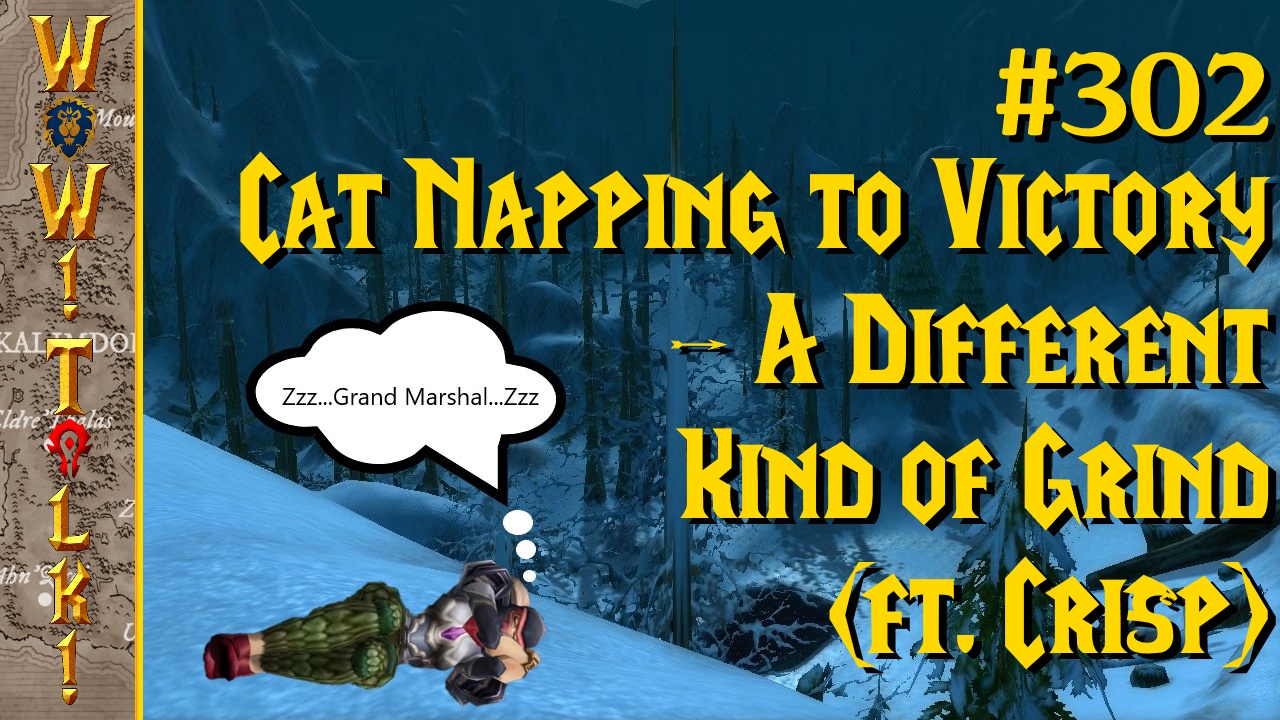
I hate that I tend to fall into shorthand of using games to describe other games, but CastleStorm is very reminiscent of Angry Birds such that anyone would be hard-pressed not to think of Rovio’s work. That said, CastleStorm excels because it attaches staples of the tower defense genre onto the physics-slingshot simulator to create a unique style of gameplay.
The basics of CastleStorm are that you control a castle and are tasked with destroying the enemy castle before they destroy yours. You can do that by pelting their structure with items from your ballista, or by commanding an army of minions to break down their gate and capture their flag. As such, games become frenetic as you try to keep your ballista firing while ensuring that you have enough troops on the ground. Additionally, you can support your troops with an assortment of spells that can rapidly change the landscape of the battlefield. Combat takes place on a path between the two castles in a lush 2D environment. The end result is fun but hectic combat.
For me, the primary method of attack was to use the ballista. As you play through the campaign you acquire different projectiles to equip. The more damaging the projectile, the longer the cooldown on how often it can be used. There are nine types of ammo to unlock, though only five can be equipped at a time. The single spear is the standard weapon, with triple spears, apple bombs that explode, and even rocks that split into three on command being available over time. Later levels provide sheep to be fired as the ultimate ‘battering ram’. There is a targeting reticule through which all objects will fly when launched, so the general strategy is to put your mouse over the enemy minion or castle wall and then click to launch.

The catch is that the ballista fires projectiles in real time, so you’ll need to account for enemy movement and bullet-speed when targeting them. The standard “aim where they will be, not where they are” mantra applies. It is worth it to do so, as headshots do provide instant kills for the weaker minions. Racking up a kill streak gives you a brief opportunity to fire off as many projectiles as you can with no cooldown. Generally, you’ll want to switch to your most powerful weapons at this time. The only problem is that when a bomb or rock is in the air, the second click activates the projectile, causing the bombs to explode or the rocks to shatter; so you’ll want to avoid using those during the power-up. Overall, I found deft use of the ballista to be the easiest route to success in CastleStorm.
The other manner of combat in CastleStorm is to attack your opponent with troops. There are nine types of soldiers to be deployed, though only five can be used on each stage. Early troops include the swordsman and the archer, and later the human catapault can be earned. This is an enormous brute with a catapault on his back. As he walks, he fires boulders at the enemy castle. When deployed against you, you’ll want to focus on eliminating him from the battlefield. Each troop type walks forward until an enemy is in range and it can engage it. Swordsmen will march until they can find something to swing at while archers they will move until there is something for them to shoot at. There are support units as well such as priests, which will heal wounded troops.
You start with the ability to have up to five soldiers on the field at once, but that number can be upgraded. Deploying a soldier costs food, which is gained at a base rate each second and can be improved with certain rooms in your castle such as a pantry. Weaker soldiers like the swordsman only cost t 10 food to summon, whereas the more advanced units like the Gryphon will cost 50 or more. Monitoring how many troops are on the battlefield and how much food is available to afford them is part of the challenge of CastleStorm. Also, soldiers are susceptible to friendly fire. Watch where your troops are, as often I recklessly fired into the backs of my own men as I overzealously attempted a headshot.
The battle on the ground is also enhanced with spells. The first spell learned is to summon a hero onto the field. You then take control of that hero for 30 seconds (or until killed) as you can dodge attacks and target exactly who you need to kill. Each hero has a ranged attack and a melee attack, so they have the ability to reign death on the field from anywhere. This mode alone captures the basics of a combat-based platformer, and can be a nice change of pace from the ballista-based assaults.

The hero can be summoned anywhere on the battlefield, so a recommended strategy is to place the hero behind enemy lines if your flag is in danger of being returned to the enemy base. While the hero cannot grab the flag, he can kill the opposing flag carrier and protect it for one of the soldiers to grab. Other spells include an invulnerability spell to protect a soldier for a brief time, a spell that drops magic daggers onto a group of enemies, and a healing spell to restore your troops after a conflict. There are nine spells available, though only five can be used during each fight.
What makes CastleStorm so frantic is that players need to toggle spell, solider, and ballista hotkey sets using the control, shift, and space keys to move between them. To master CastleStorm is to master switching these toolbars making sure the correct keys are pressed and buttons clicked. I favored the ballista, and as such, found it too easy to get focused on destroying the opposing towers while my troops were being slaughtered on the field.
CastleStorm features several modes of play. First there is the single player campaign, which tells the tale of the Kingdom and their war against the Norse Vikings. The early levels serve as a tutorial, granting abilities slowly to ratchet up the complexity. Each stage has several battles that happen there, and each battle has different conditions. Some battles prevent use of the ballista, while other prohibit the use of troops. Each battle also has a bonus condition which provides money when completed. For example, some stages reward a bonus if certain troops (like the swordsman) get the most kills, while other stages might ask for 20 or more headshots. Money is earned through each stage, and this money is then spent upgrading units, ballista ammo, spells, and castle rooms.
The story of the campaign is a fairly generic warring-factions-in-the-middle-ages trope, but the scenes are presented with a juvenile sense of humor that can be appealing. For example, one stage restricts the use of soldiers because there is only one latrine in camp, and none of the soldiers can fight because they are all in line for the restroom. The stylized graphics are also very animated, and when combined with the narrative make CastleStorm feel like playing a cartoon.

In addition to the Campaign mode, there is Skirmish: a random match pitting castle against castle. There is Survival, where you play as a castle trying to defend itself against unyielding waves of attackers. Finally, there is Hero Survival: a Horde Mode style match set in an arena. You play as the hero character tasked with defending the flag from incoming invaders. The flag is in the middle of the arena, and opponent’s besiege you from both sides. Here, your skills at switching between melee attacks, ranged attacks, and defense will be tested.
Each of these modes also extend to multiplayer as well. Versus is a skirmish where players oppose each other by controlling the castles. Multiplayer survival has one player control the castle while the other player controls a hero in the field. When the hero is killed, the other player has a short respawn timer before coming back to defend the castle. Hero survival pits a team of two heroes against the unrelenting horde in an effort to protect their flag. Each of these modes were just as fun in multiplayer as they were in single player, except in one instance.
The only time I felt less than enamored with CastleStorm was when playing the Hero in the co-op Survival game. Before any stage featuring castle defense, players are tasked with choosing their structure and selecting which weapons and spells to use. This can be time consuming, especially outside campaign mode when you are organizing settings for the first time. For the Co-op Survival mode, while one player is detailing his castle, the other player just has to choose from one of four Heroes. The discrepancy in preparation time causes a lengthy delay for the player controlling the Hero.
I’m glad that Zen Studios included that kind of gameplay in CastleStorm, as it was fun, but the impatient will not want to play the Hero in Multiplayer Survival mode. While equipment such as troops and rooms need to be unlocked gradually in campaign mode, they are all available for the other styles of gameplay. Also, choosing the Norse army gives players a different set of items to use. The Norse deploy dire wolves instead of swordsmen, dragons instead of gryphons, and even have access to trolls. This gives players a choice as to the flavor of their attacks.

There are 16 default castles to choose from that are unlocked throughout campaign mode. The castle dictates which 5 soldier types will be available for the battle. There are nine different rooms to be unlocked in campaign, and those rooms have different purposes; like the Recruiting Office which increases the number of soldiers that can be deployed at once, or the Pantry which increases the rate of food regeneration so soldiers can be summoned more often. There is a castle editor which allows players to customize their castle, although the default designs seemed hearty enough. It can be fun to see the different rooms in an opponent’s castle, and know that as you destroy their structure you are also crippling their ability to fight back.
As mentioned, the graphics for CastleStorm are stylized and fairly impressive. Blood spurts out when troops are hit. Arrows and spears stick in enemy units until they collapse. There is a cartoony vibe to the graphics and it is achieved without sacrificing any of the effects of the physics-based gameplay. The sounds in the game are also impressive. Units grunt and yell different things when summoned. There are sounds for when troops are hit with the ballista and when the building start to crumble. There is no spoken dialogue during the campaign mode, but the characters do make sighs and such to give the impression of speech. One of the best parts of CastleStorm, though, is the music. The themes are evocative of Medieval Combat and are catchy without feeling too repetitive. I was surprised at how much I liked it.
Overall, CastleStorm is a fun game for solo gamers or people who like multiplayer. Its combat is surprisingly deep given all the upgrades available and the restrictions on five items, soldiers, and spells being used at a time. Matches usually don’t take more than a couple of minutes, so it’s easy to lose to a friend and ask for one more round without thinking about any time-related consequences. If you like shooting stuff with a ballista, or watching castles fall, then you’ll enjoy CastleStorm.




